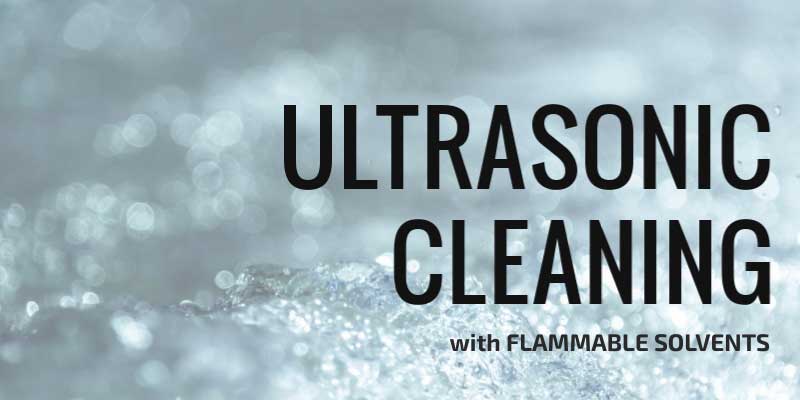Posts Tagged ‘ultrasonic degreaser’
5 Key Points to Selecting the Correct Ultrasonic Cleaner Size
Ultrasonic parts cleaners are manufactured in a tremendous variety of sizes. By “size” we mean the dimensions and capacities of tanks in which ultrasonic parts cleaning is accomplished. For example the Elmasonic E Plus series is offered in 9 tank capacities from 0.25 to 7.5 gallons and the Select Series in 11 capacities from 0.7 to 23 gallons. Industrial-sized units such as SHIRACLEAN can hold 100 gallons or more. This post will help you select the correct ultrasonic parts cleaner size.
Five Points to Selecting your Ultrasonic Parts Cleaner Size
Here are the key points to consider:
- Parts you are cleaning
- Cleaning tank dimensions
- The importance of “working depth”
- The role of cleaning baskets
- Cleaning solution volume and service volume
1. What Parts are you Cleaning?
Ultrasonic parts cleaning has proved a very effective and economical way to remove all types of contaminants from nearly anything that can be safely … Read the rest
How to Safely Use a Solvent Cleaner
As described in Chapter 3 of the Adhesives Technology Handbook*, “solvent cleaning is the process of removing soil from a surface with an organic solvent without physically or chemically altering the material being cleaned. This includes methods such as vapor degreasing, spraying, immersion, and mechanical or ultrasonic scrubbing.” This post describes how to safely use a volatile solvent cleaner with a low flash point.
Solvent Cleaner Flash Points
Solvent cleaners have different flashpoints. In chemistry, the flash point of a volatile material is the lowest temperature at which its vapors ignite if given an ignition source. In brief, the lower the flashpoint the more flammable they are. This is important when using a solvent cleaner.
The American Chemical Society publishes a table of common organic solvents that includes flash points. Examples of low flash point volatile solvents are 1-propanol at 59⁰F (15⁰C), acetone at -4⁰F (-20⁰C) and toluene at 39⁰F (4⁰C). … Read the rest


